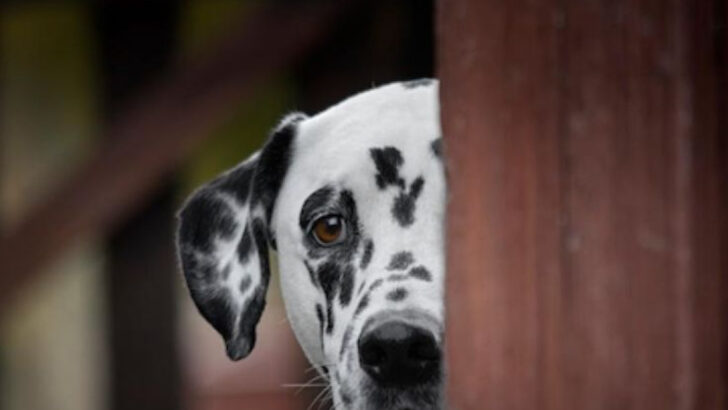Understanding pet depression is crucial, especially for first-time dog owners.
Dogs, much like humans, can experience emotional lows.
Recognizing the early signs of pet depression can lead to timely interventions and happier pets.
Often, new dog owners may overlook these subtle indicators, mistaking them for behavioral quirks or temporary moods.
By being aware of these signs, owners can provide the necessary support and care their furry friends need. Each section will delve into a specific sign, offering insights and guidance to ensure your dog remains emotionally healthy.
This guide aims to enlighten and equip dog owners with knowledge about pet well-being.
Lethargy and Withdrawal

Have you ever noticed your dog lying in the corner, barely moving, and seemingly uninterested in anything around them? Lethargy and withdrawal can be key indicators of pet depression.
Dogs, known for their enthusiastic greetings and wagging tails, might suddenly become quiet observers of their surroundings.
They may choose solitude over company, avoiding even their favorite activities. This change in behavior can be alarming for any pet owner. It’s not just tiredness; it’s a shift in spirit. Observing these signs early and consulting a vet can help address underlying issues.
Loss of Appetite

Does your furry friend leave their bowl untouched, day after day? A sudden loss of appetite can be more than just a fussiness phase. Dogs experiencing depression might not show interest in food, leading to unexplained weight loss.
This lack of hunger is often accompanied by a lack of enthusiasm for treats or favorite meals. It’s essential to notice these changes, as they could signify emotional distress that requires attention.
Addressing these concerns with a veterinarian can help restore your pet’s appetite and joy.
Excessive Sleeping

Does your dog spend more time snoozing than playing? While sleep is vital for dogs, excessive sleeping can indicate depression. A dog that seems to always be in dreamland might be escaping the world rather than resting.
This behavior can be a sign of underlying emotional issues that need attention. It’s crucial to differentiate between healthy rest and a potential symptom of depression.
If your pet shows this behavior consistently, consider discussing it with your vet to explore possible solutions.
Decreased Interest in Play

Remember the days when your dog couldn’t resist a good game of fetch? A decreased interest in play might be your dog’s silent cry for help. Dogs usually thrive on playtime and interaction, but when these activities lose their appeal, it could suggest depression.
Instead of bounding with energy, your dog may now watch passively, showing no desire to engage. It’s a shift that might seem subtle but can indicate a deeper emotional issue.
Reviving your pet’s playfulness may require understanding and professional guidance.
Aggression or Irritability
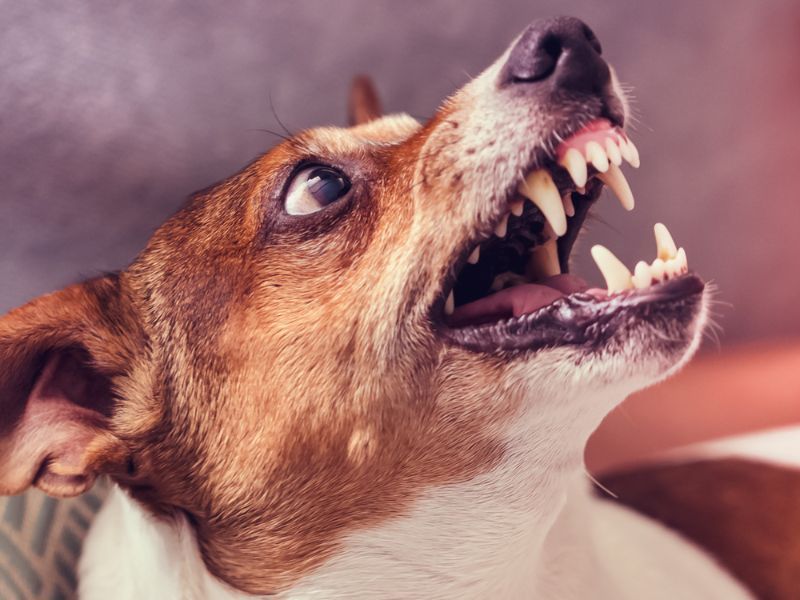
Sweet Fido has suddenly started snapping at the slightest provocation. Aggression or irritability in dogs can be a surprising indicator of depression. This change in behavior can manifest in growling, snapping, or even biting, and can be distressing for any dog owner.
It’s crucial to recognize that such reactions often stem from internal discomfort or confusion. Consulting a professional can help address these behavioral changes, ensuring your pet’s emotional health is restored.
Obsessive Licking or Chewing
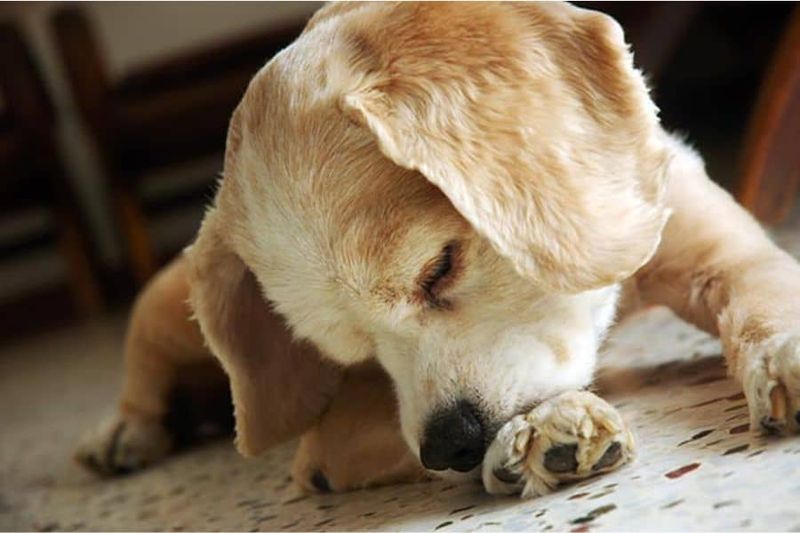
Why is Max obsessively licking his paws all day? Obsessive licking or chewing can be more than just a quirky habit. It may indicate stress or depression in dogs.
This compulsive behavior might lead to sores or infections, further complicating your pet’s health. Identifying the root cause of this habit is essential, as it often reflects underlying emotional turmoil.
A vet can help determine if there’s a psychological factor at play and recommend appropriate interventions to soothe your furry friend.
Loss of Interest in Socializing

Is your dog avoiding its furry friends at the park? A loss of interest in socializing can be a sign of depression. Dogs are social creatures, typically eager to meet new friends and enjoy play dates.
When this interest wanes, it might signal emotional distress. Instead of joining in the fun, your dog may sit apart, contemplating the activity from a distance.
Understanding these changes and seeking help can aid in restoring your pet’s social spirit and happiness.
Changes in Bathroom Habits

Has your house-trained dog suddenly started having accidents indoors? Changes in bathroom habits can be a subtle sign of pet depression.
These unexpected accidents may not just be inconvenient; they might indicate emotional stress or confusion. Dogs struggling with depression may lose control over their usual routine, resulting in these mishaps.
Addressing these changes with patience and understanding, along with professional guidance, can assist in managing your pet’s mental health.
Clinginess or Neediness
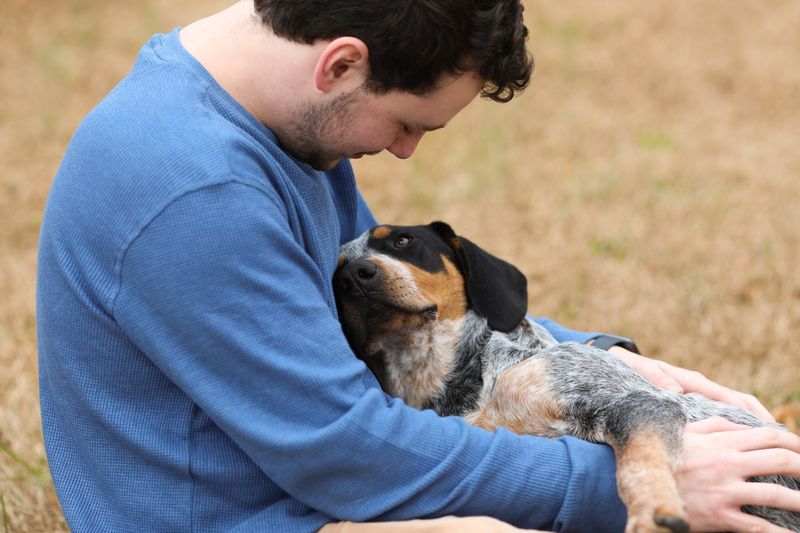
Feeling like you’re tripping over your dog at every turn? Clinginess or increased neediness can be a sign of depression. This behavior displays an overwhelming need for reassurance and comfort, where your dog might become your shadow, following you from room to room.
Such dependency can indicate underlying anxiety or insecurity. Recognizing this sign allows you to provide the comfort your pet requires, while also seeking advice from a professional to address any deeper issues.
Vocalizing More than Usual

Has your quiet dog suddenly become a chatterbox? An increase in barking, howling, or whining can signal emotional unrest. Dogs use vocalizations to communicate, and a change in these patterns might indicate depression or anxiety.
Understanding the reasons behind this increase can help address the emotional needs of your pet. Consulting with a vet or a behaviorist can offer insights into managing and soothing your dog’s distress.
Avoidance of Eye Contact

Does your dog shy away from your gaze? Avoidance of eye contact can be a subtle yet telling sign of depression. Eye contact in dogs often signifies trust and connection.
When your dog avoids it, they might be signaling discomfort or emotional struggle. This behavior can be an indication of insecurity or unhappiness.
Observing and understanding this change allows you to address your dog’s needs more effectively, fostering a supportive environment for recovery.
Change in Vocal Tone or Pitch

Noticing a change in the pitch or tone of your dog’s bark? Dogs experiencing depression might alter their usual vocalizations. This change can be subtle, where a once joyful bark might become dull or melancholic.
Understanding these nuances can help identify emotional distress in your pet. A shift in vocal expression can reflect underlying issues that require attention and care.
Engaging with a veterinarian or animal behaviorist can provide direction in addressing these concerns.
Sudden Destructive Behavior

Returning home to find your couch cushions shredded? Sudden destructive behavior in dogs can be a surprising sign of depression. This behavior often stems from frustration or anxiety, leading your dog to act out destructively.
Understanding this change is crucial in managing your pet’s emotional health. Destructive actions might be your dog’s way of coping with distress.
Addressing the root cause and seeking professional advice can help mitigate these behaviors and restore harmony.
Staring Off into Space
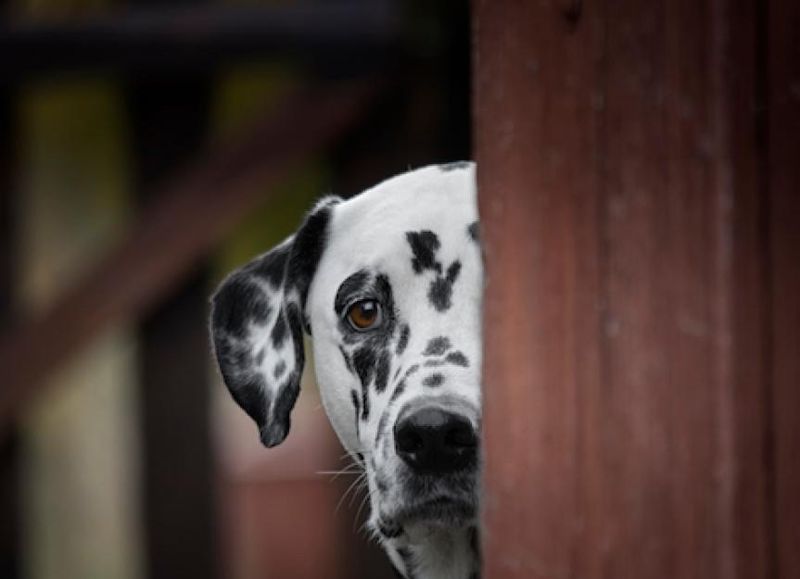
Caught your dog staring blankly into space for long periods? This behavior might be more than just daydreaming. Dogs experiencing depression may seem unfocused or disconnected from their surroundings.
This contemplative state can indicate underlying emotional issues that warrant attention. Understanding this behavior allows owners to provide the necessary support and seek guidance in addressing potential depression.
Change in Grooming Habits
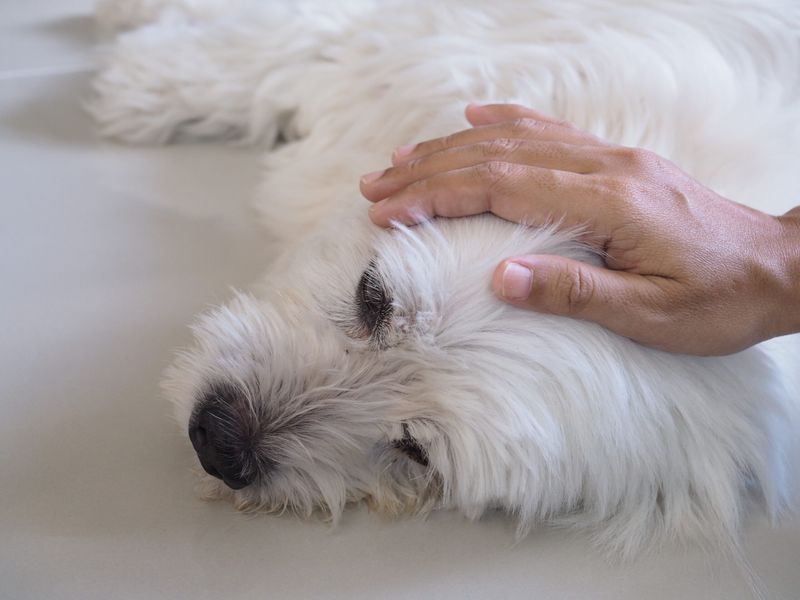
Does your dog look less groomed than usual? A change in grooming habits can signal depression in pets. Dogs usually maintain a certain level of self-care, and neglecting this can indicate emotional distress.
An unkempt appearance might reflect internal struggles, and it’s vital to recognize this change as a potential symptom of depression.
Consulting with a vet can provide insights into managing your pet’s mental well-being and restoring their usual grooming habits.
Panting or Pacing
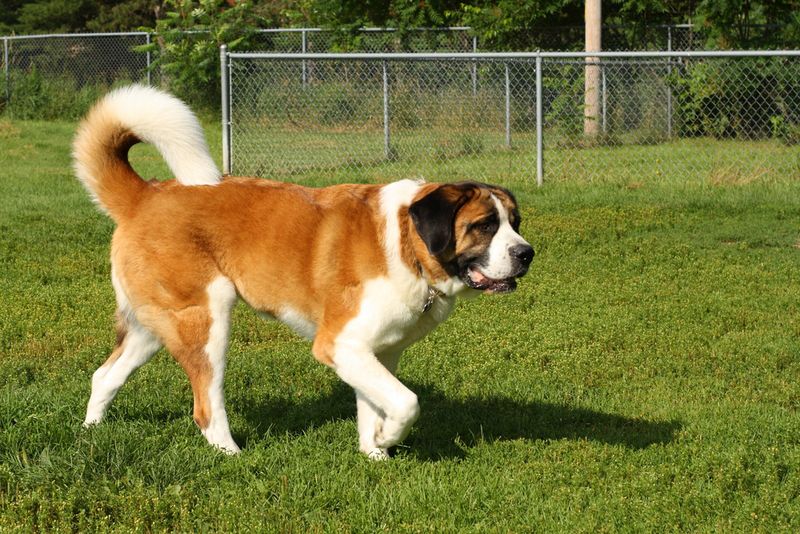
Panting and pacing can be more than just signs of overheating. Dogs experiencing depression might show these behaviors as a way of expressing anxiety or distress. This restlessness indicates their inner turmoil and inability to find comfort.
Recognizing these signs allows owners to intervene and provide the necessary support. Consulting a veterinarian can help identify the cause of this behavior and offer solutions to ease your pet’s discomfort.
Ignoring Commands or Training

Is your well-trained dog suddenly ignoring commands? This change in responsiveness might be a sign of depression. Dogs experiencing emotional distress may become uncooperative, ignoring even the most familiar commands.
This behavior can indicate confusion or an emotional struggle that needs addressing. Understanding and acknowledging these changes can help manage your dog’s well-being, strengthening the bond between you and your pet.

